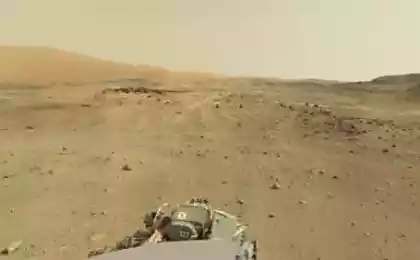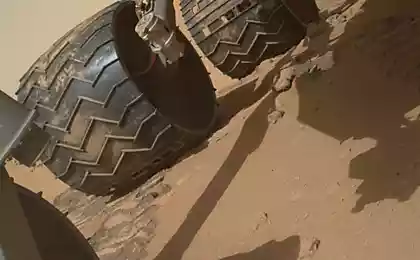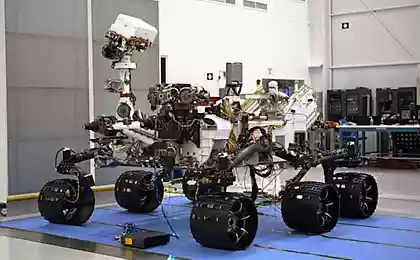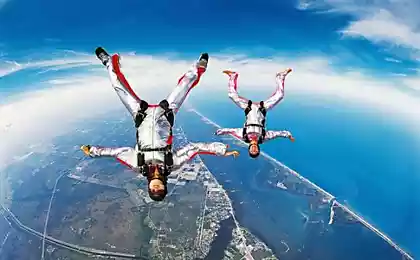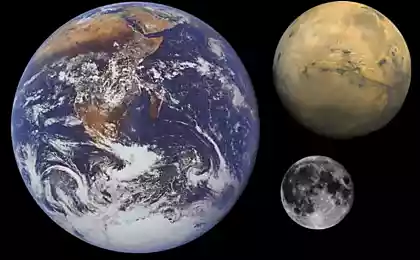2406
NASA tests inflatable aerodynamic brake for landing a man on Mars
Landing rover Curiosity called "7 minutes of terror" - this was the most critical portion of the entire Mars mission. First capsule with the apparatus extinguished the speed of the Martian atmosphere, then continued with the help of a parachute braking and finally gently down on the surface with a "heavenly crane" - a platform with rocket engines. The mass of the rover - a little less than a ton. Gently put on Mars larger cargo - a task even more difficult than overcoming "7 minutes of terror." In the tenuous Martian atmosphere parachutes are much less effective than on Earth, where they can be smoothly even ground the tank. So NASA is developing additional aerodynamic braking system, which will compress to Mars big load with greater accuracy.
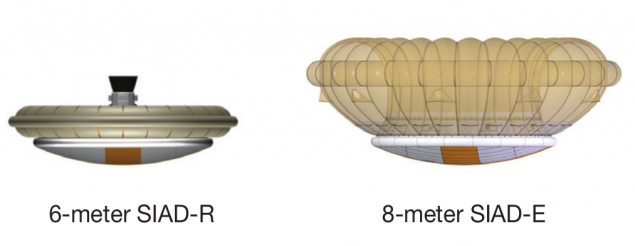
Now under the "Supersonic retardant low density» ( Low Density Supersonic Decelerator or LDSD) development goes in three directions . One of them - a giant 33-meter parachute conventional design. About his trials recently wrote Habré. Two other devices called "Supersonic Inflatable Aerodynamic retarders» (Supersonic Inflatable Aerodynamic Decelerators - SIAD), much of the ordinary. They represent an inflatable "skirt", which significantly increases the aerodynamic drag of the landing vehicle. The first embodiment has a diameter of 6 meters and is inflated by a gas cylinder. It is designed to fit the autonomous vehicles, like Curiosity. The second option, a diameter of 8 meters, inflated ram air flow and is designed for heavier loads, including even the landers with people on board. Both versions of the inflatable brakes start to work at a speed of 3, 5 and retard the speed of sound machine 2 speeds of sound, when it is safe to use a parachute.
With the new landing system can increase the maximum weight of cargo descent from the current 1, 5 to 3 tons, to improve the accuracy of landing from 10 to 3 km and significantly expand the geography rather areografiyu place possible landing as you can get on the site, located at 2 - 3 kilometers above - before they were unavailable due to the fact that when landing on an elevated thickness of the atmosphere was not enough for braking.
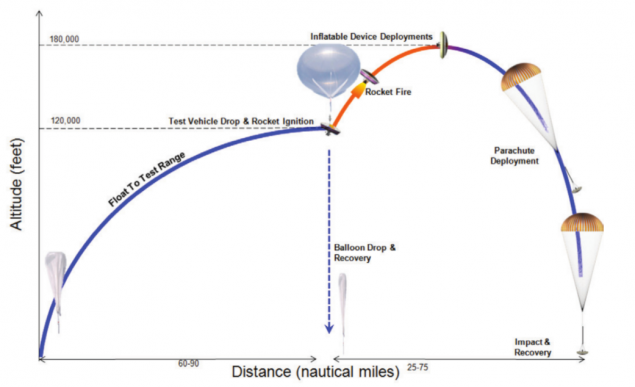
Field tests of inflatable braking systems will in 2014-2015 in Hawaii on an interesting scheme. The lander will be raised to a height of 37 kilometers with a helium balloon. Then use the rocket engines will throw it higher - up to 55 km and acceleration to supersonic speeds, and then take action inflatable brake and then parachute. C 2012 are tested in the wind tunnel SIAD and missile rail platform, known to many by the TV show "Mythbusters»:
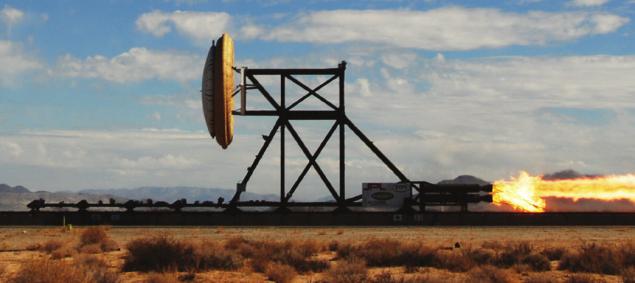
Source: habrahabr.ru/post/219847/

Now under the "Supersonic retardant low density» ( Low Density Supersonic Decelerator or LDSD) development goes in three directions . One of them - a giant 33-meter parachute conventional design. About his trials recently wrote Habré. Two other devices called "Supersonic Inflatable Aerodynamic retarders» (Supersonic Inflatable Aerodynamic Decelerators - SIAD), much of the ordinary. They represent an inflatable "skirt", which significantly increases the aerodynamic drag of the landing vehicle. The first embodiment has a diameter of 6 meters and is inflated by a gas cylinder. It is designed to fit the autonomous vehicles, like Curiosity. The second option, a diameter of 8 meters, inflated ram air flow and is designed for heavier loads, including even the landers with people on board. Both versions of the inflatable brakes start to work at a speed of 3, 5 and retard the speed of sound machine 2 speeds of sound, when it is safe to use a parachute.
With the new landing system can increase the maximum weight of cargo descent from the current 1, 5 to 3 tons, to improve the accuracy of landing from 10 to 3 km and significantly expand the geography rather areografiyu place possible landing as you can get on the site, located at 2 - 3 kilometers above - before they were unavailable due to the fact that when landing on an elevated thickness of the atmosphere was not enough for braking.

Field tests of inflatable braking systems will in 2014-2015 in Hawaii on an interesting scheme. The lander will be raised to a height of 37 kilometers with a helium balloon. Then use the rocket engines will throw it higher - up to 55 km and acceleration to supersonic speeds, and then take action inflatable brake and then parachute. C 2012 are tested in the wind tunnel SIAD and missile rail platform, known to many by the TV show "Mythbusters»:

Source: habrahabr.ru/post/219847/






